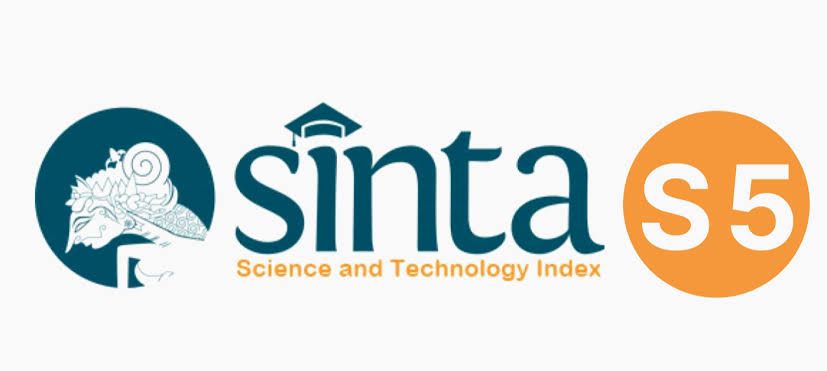Craniotomy vs. Burr Hole in the Management of Chronic Subdural Hematoma: A Literature Review
DOI:
https://doi.org/10.32734/aanhsj.v7i01.20432Keywords:
Chronic subdural hematoma, craniotomy, burr hole drainageAbstract
Introduction: Chronic subdural hematoma (CSDH) is a common condition, especially in the elderly, often requiring surgical intervention. Burr hole drainage and craniotomy are the two main surgical approaches. However, the optimal technique remains debated due to differences in recurrence rates, complications, and outcomes.
Methods: A comprehensive literature review was conducted using databases such as PubMed, Scopus, and Google Scholar to compare burr hole drainage and craniotomy in the management of CSDH. Studies were selected based on relevance to surgical technique, recurrence, complications, and patient outcomes. Results and Discussion: Burr hole drainage is less invasive, associated with shorter operative time, reduced hospital stay, and fewer complications. It is widely considered the first-line surgical option. However, some studies report higher recurrence rates compared to craniotomy. Craniotomy, while more invasive, may be more effective in cases with organized or recurrent hematomas, offering more thorough evacuation. It carries a higher risk of complications, particularly in elderly or comorbid patients. Clinical decision-making often depends on hematoma characteristics and patient condition.
Conclusion: Both burr hole drainage and craniotomy are effective for CSDH, but each has distinct advantages and drawbacks. Burr hole drainage is generally preferred due to its safety and efficacy, while craniotomy may be reserved for complex or recurrent cases. A patient-centered approach considering clinical and radiological factors is essential. Further randomized studies are needed to refine surgical guidelines.
Keywords: Chronic subdural hematoma, burr hole drainage, craniotomy, neurosurgery, recurrence, surgical outcomes, complications
Downloads
Downloads
Published
How to Cite
Issue
Section
License

This work is licensed under a Creative Commons Attribution-ShareAlike 4.0 International License.
The Authors submitting a manuscript do understand that if the manuscript was accepted for publication, the copyright of the article shall be assigned to AANHS Journal.
The copyright encompasses exclusive rights to reproduce and deliver the article in all forms and media. The reproduction of any part of this journal, its storage in databases and its transmission by any form or media will be allowed only with a written permission from Asian Australasian Neuro and Health Science Journal (AANHSJ).
The Copyright Transfer Form can be downloaded here.
The Copyright form should be signed originally and sent to the Editorial Office in the form of original mail or scanned document.














